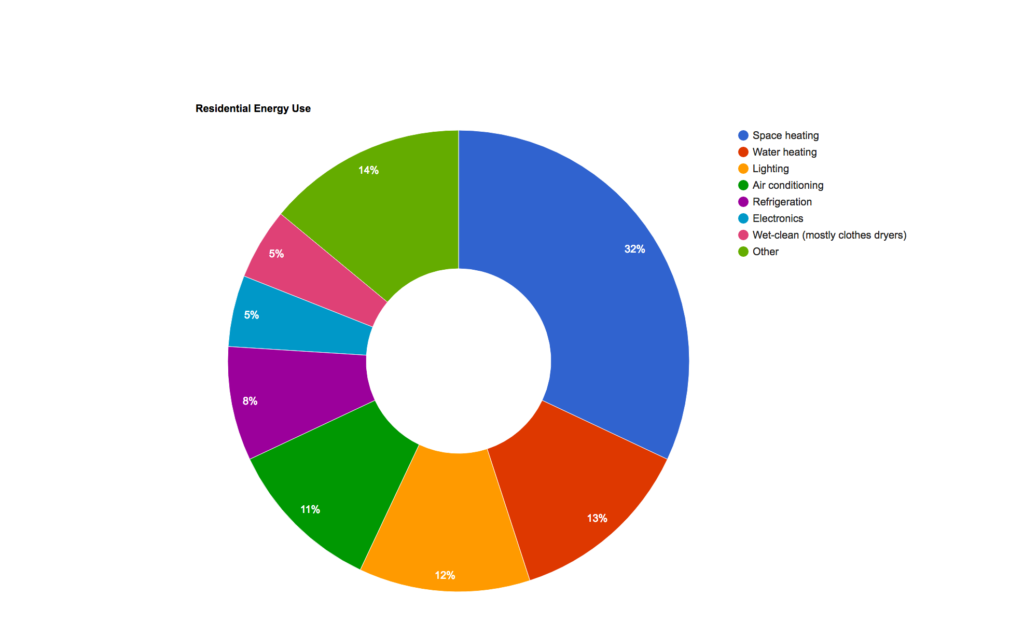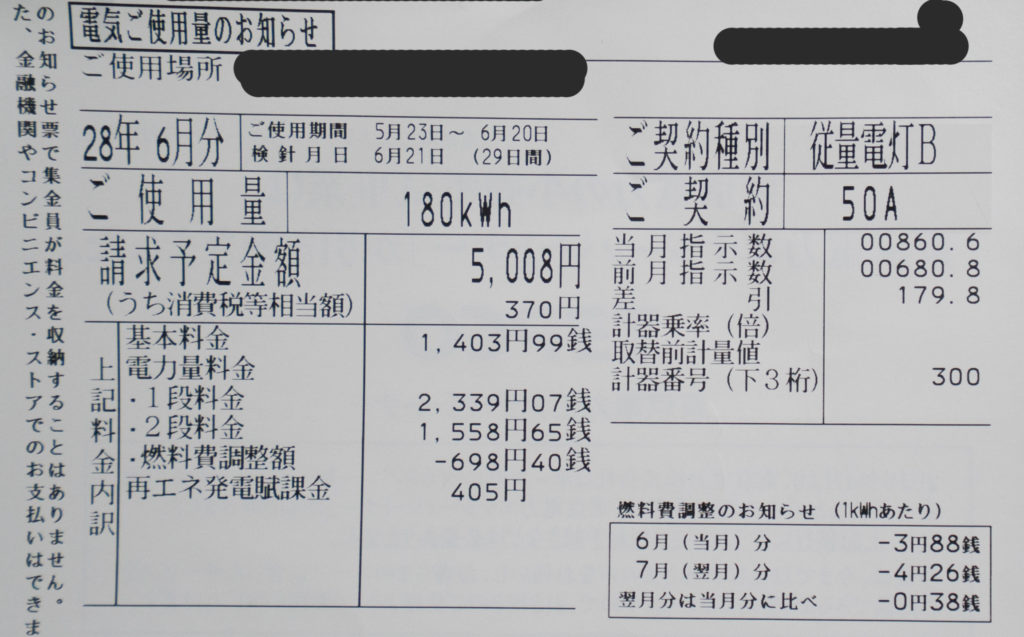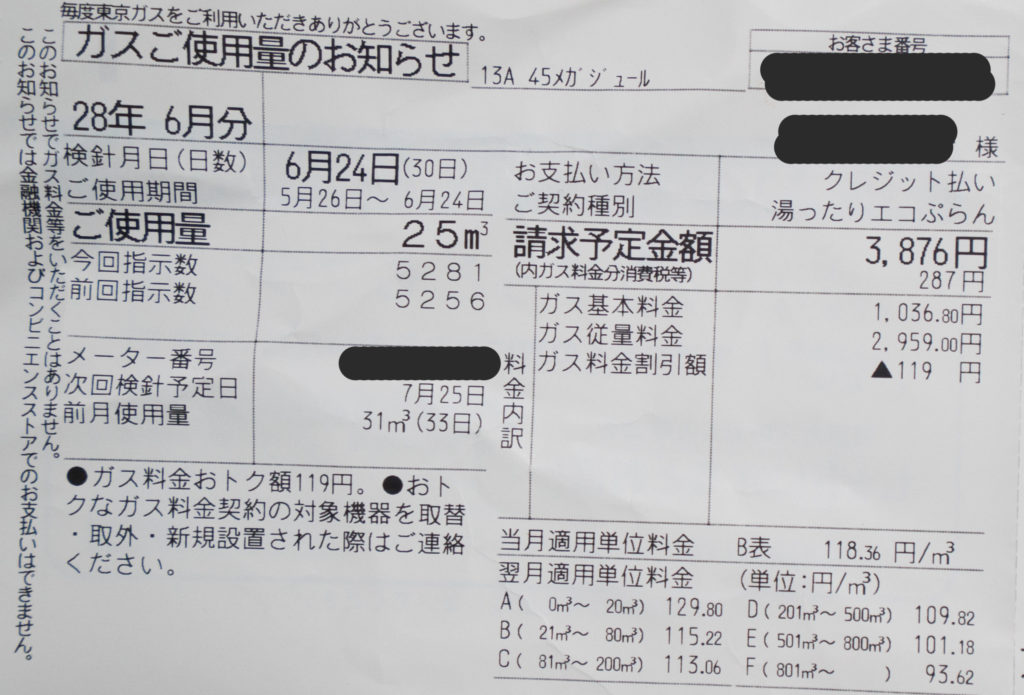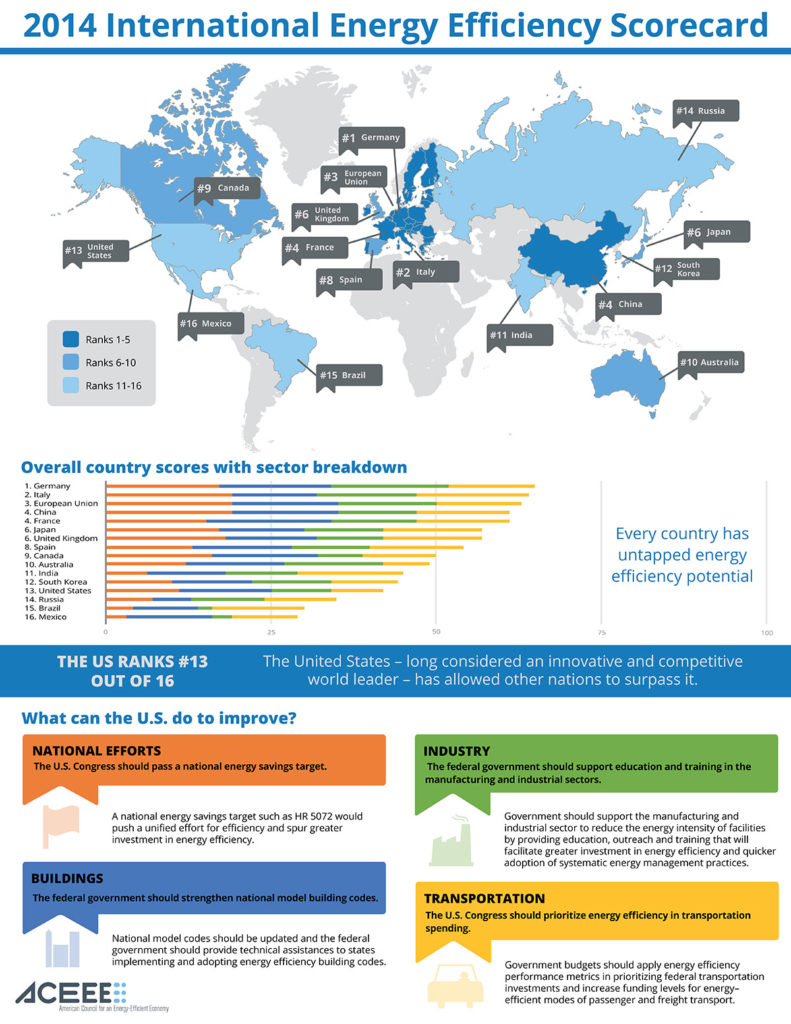Japan uses roughly 1/2 the energy per capita than the United States or Canada. But why is this? I explore the different energy uses and how Japan differs, from home sizes, to heating and cooling, to public transportation, to cost of electricity and gas.
Rough transcript of the video
Hey guys, Greg here. Topic: Energy Use in Japan
As many of you know, I’m a Canadian living in Japan. Canada is one of the top energy users in the world, even higher than our friends to the south (it’s the United States for those who have no clue where Canada is).
Coming to Japan, I noticed us Canadians used energy differently, so I wanted to share with you the differences I’ve seen. I also did some searching round the Internet and was able to pull up a few stats for you as well.
Because of methodological differences in data collection, you can’t get a totally clear comparison, but whether you keep it to household or include industry, and whether you keep it to electricity, or include other forms like gas, countries like Canada and the US use more than double than countries like Japan, the UK, or Germany.
Here’s some numbers:
- United States uses 4,517 kWh per person per year, while Japan uses 2,241. Canadians use a bit more electricity than everyone at 4,741kWh per person per year.
- If we compare the United states to the UK, the average American household uses 2.7 times more electricity and 1.3 times more natural gas than a British household.
What do household’s use energy on? Well in the United States, it’s:
- 32% space heating
- 13% water heating
- 12% lighting
- 11% air conditioning
- 8% refrigeration
- 5% electronics
- 5% wet-clean (clothes dryers)
- 14% other
Do the Japanese use less energy because Japanese citizens are more environmentally conscious than those of us who live in Canada or the United States? My feeling is that it’s not so much that residents of Japan are actively trying to be environmentally friendly, but instead, they happen to live a lifestyle that conveniently happens to be so.
Let’s explore the different ways in which Japan uses energy
Home sizes: Smaller homes, so less space to heat and cool. Is it because Japanese want small homes. If you go the countryside, you’ll see the size of the homes get a lot bigger. But in general, many Japanese live in urban environments, and Japan being a populous, mountainous, island nation, has a high premium on space. It’s not affordable to have massive homes. Average floor space per person is around 400 sq. ft. in Japan vs. around 800 sq. ft. in the United States and Canada.
Cooling: Air conditioning, well, you’re supposed to 我慢します (put up with) the heat. The government has a cool biz program which suggests setting your air conditioner to cool down your workplace to 28°C. That’s right, it’s not start air conditioning at 28°C, but to only cool down the the air to 28°C, which is the equivalent of 82°F.
Heating: On the flip side, in winter, I thought visiting Tokyo would be a step up from the Canadian winters I was used to. Outside of a house, it indeed was warmer, even than Vancouver, which is the mildest major city in Canada, where I used to live. But at home, there’s no central heating. When I woke up in the middle of the night, I could see my breath. Even my father, who lived a couple decades in Winnipeg, found Tokyo very cold.
Water heating: I don’t turn on the gas unless really cold. It is not an always on system.
Lighting: All my lights are LED. It’s the standard lighting that you buy now.
Refrigeration: Japanese tend to have smaller refrigerators as they shop more often. Separate stand alone freezers are rare. Family sizes are also smaller (2.63 in the US vs. 2.37 in Japan)
Electronics: PCs are not as common as they are in Canada/US, and it’s not as common to have big TVs or computers in bedrooms or entertainment rooms… I think.
Clothes Drying: Homes comes with balconies, ready to hang-laundry. There’s not even hook ups or space in place for a clothes dryer, even in new homes.
So, that’s the different ways that Japanese live and use energy, but a factor I think is very important is the cost of energy.
Energy is more expensive in Japan.
My electricity bill in the spring time was for 180 kWh, for a total of ¥5,008.
My gas bill, also in the spring time, was for 25 m3 at a total cost of ¥3,876.
I have a new 4 bedroom home that is approximately 1,000 sq. ft. (~100 sq. m.).
You can check out the rates for:
- TEPCO electricity rate in Japan
- BC Hydro electricity rate in Canada
- Tokyogas natural gas rate in Japan
- Fortis BC natural gas rate in Canada
Outside of the home, another major difference is in personal transportation. It’s faster, easier, and cheaper to take a train to most places if you’re living in an urban city like Tokyo. I don’t know many people who commute to work by car. Shopping in Tokyo is equally easy, and I either take my bike, or walk, to the one of three grocery stores that are within a 5 minute walk away. Japan’s CO2 emission per capita for passenger transportation is only about 30 percent of that in the US. Passenger travel per capita in the US is about 2.5 times greater than that in Japan. Americans travel farther. In 2008, cars accounted for 55 percent of all passenger activity in Japan while this figure was 88 percent in US.
So, I think that Japan uses less energy than countries like Canada and the US, is not because the citizens are actively trying, but it’s a combination of tradition, convenience, cost, and available resources that shape the differences.
Before I go, I wanted to compare how energy efficient countries are, taking into consideration industrial, transportation, residential, and commercial uses? Energy efficiency for countries with large economies has the US 13 out of 16, Canada in 9th, Japan in 6th, China in 4th, and the European Union countries dominating the top.
I thought that chart was interesting, and it makes me feel a little better as a Canadian, that even though we use tons of energy, we’re still ranked a bit higher than the US on the international energy efficiency scorecard.
As always, thanks for watching, and I’ll catch you on the flipside.
And oh yeah, don’t forget to let me know how much energy use you, how much you pay, and what country you’re from. I’d love to know!



